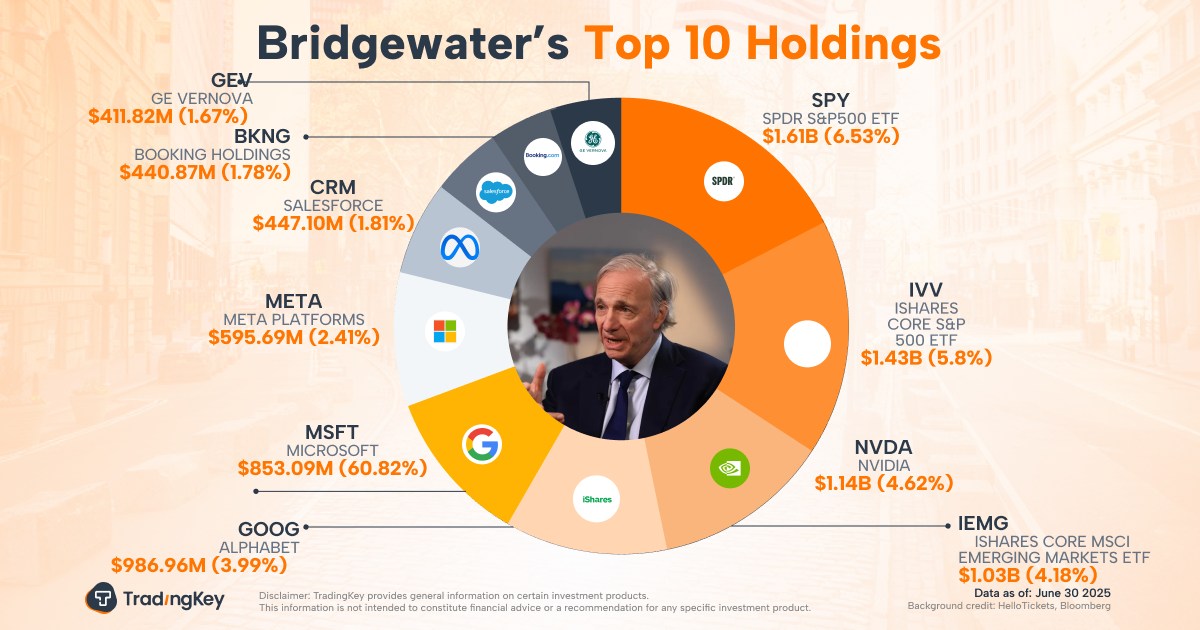Can Lyft Win by Staying Small?

Key Points
Lyft's decision to focus on North American ride-hailing has improved efficiency and driven growth.
It is transitioning from a growth-at-all-costs company to a more sustainable profit generator.
Investors should track key financial metrics and FreeNow’s integration to assess Lyft’s ongoing progress.
Lyft (NASDAQ: LYFT) has long been the smaller player in U.S. ride-hailing, overshadowed by Uber's global reach and diverse business lines. However, in 2025, the company's focused and disciplined approach is quietly turning heads.
By concentrating on its core North American ride-hailing business and strategically expanding into Europe through its recent acquisition of FreeNow, Lyft is charting a path toward sustainable growth and profitability.
Where to invest $1,000 right now? Our analyst team just revealed what they believe are the 10 best stocks to buy right now. Continue »

Image source: Getty Images.
The power of focus
Lyft's geographic and product focus has two clear advantages. First, it avoids the complexity of managing multiple business lines across dozens of countries. Instead of figuring out the regulations, pricing dynamics, and competitive threats in every region of the world, Lyft can concentrate resources on improving service, increasing driver supply, and fine-tuning pricing where it already operates.
Second, this singular focus allows management to dedicate attention and capital to its primary product -- ride-hailing. That's showing up in the numbers. In Q2 2025, Lyft reported a record 26.1 million active riders, a 10% year-over-year increase, and facilitated nearly 235 million rides, up 14% from the prior year. These gains suggest Lyft is successfully attracting and retaining customers and drivers alike, crucial ingredients for long-term viability.
This strategy contrasts with Uber's expansive portfolio, which includes food delivery, freight, and fintech businesses across more than 70 countries. While Uber benefits from diversification, its leadership has to balance competing priorities and capital allocation. Lyft's leaner model is simpler but also potentially more efficient.
Focus reflected in the bottom line
That focus isn't just a talking point -- it's showing up in Lyft's financials. The company reported $4.5 billion in gross bookings for the second quarter of 2025, representing a 12% year-over-year increase. Net income expanded to $40 million, up from $5 million the previous year. Adjusted earnings before interest, taxes, depreciation, and amortization (EBITDA) grew 26% to $129 million, reflecting steadily improving margins, up from 1.2% in the second quarter of 2023 to 2.9% in the current period.
Importantly, Lyft has turned positive on free cash flow -- a milestone in an industry notorious for cash burn. It first delivered positive trailing-12-month free cash flow (FCF) of $368 million in the second quarter of 2024. Since then, the FCF has increased to $993 million in the second quarter of 2025, representing a nearly threefold increase over the past year.
With a growing free cash flow, Lyft can redirect it into further refining its operations, as well as its targeted expansion strategy -- starting with Europe.
Europe enters the picture with the FreeNow acquisition
Lyft's recent €175 million acquisition of FreeNow, a leading European mobility platform serving 180 cities in nine countries, marks a meaningful step beyond North America. FreeNow's established presence offers Lyft a ready-made platform to test its focused ride-hailing model internationally, expanding its addressable market while maintaining operational discipline.
This move signals Lyft's intention to grow -- but on its terms. Instead of chasing global dominance, Lyft is opting for targeted, capital-efficient expansion that complements its core strengths.
And the benefits could be massive. One thing to note is that Lyft's U.S. riders can now use the Freenow service when traveling to Europe, and vice versa for Freenow riders. Similarly, drivers can now expect more rides, which should improve driver income and enhance loyalty.
What investors should watch in the coming quarters
Of course, focus cuts both ways. The challenge for Lyft will be to grow meaningfully without diluting its focus. That could mean expanding into adjacent mobility services, such as rentals, bikes, or partnerships with autonomous vehicle providers, while still keeping its operations concentrated in North America and now in Europe.
As Lyft executes this strategy, investors should track several key indicators:
- Active riders and ride volume: Sustained growth in this area indicates continued demand and engagement in core markets.
- Adjusted EBITDA margin: Indicates whether Lyft can sustain and improve profitability as it scales.
- Free cash flow: Essential for assessing Lyft's financial health and its ability to invest internally.
- Driver supply and retention metrics: Drivers are the backbone of ride-hailing economics. Improvements suggest stronger unit economics.
- FreeNow integration: Progress and contribution from the European acquisition will reveal if Lyft's international push is gaining traction.
What does it mean for investors?
Lyft's "stay small, execute well" strategy bucks conventional wisdom in a tech world that is often obsessed with size and diversification. However, in ride-hailing, where operational execution and unit economics are paramount, this approach could prove effective.
With a growing base of riders, improving profitability, and a smart European expansion under its belt, Lyft is quietly carving out a sustainable, profitable niche. The risks remain -- particularly Uber's scale and market power -- but for investors focused on disciplined growth and cash flow, Lyft's focused comeback deserves attention.
It's worth keeping the stock on watch while Lyft executes on its strategy.
Should you invest $1,000 in Lyft right now?
Before you buy stock in Lyft, consider this:
The Motley Fool Stock Advisor analyst team just identified what they believe are the 10 best stocks for investors to buy now… and Lyft wasn’t one of them. The 10 stocks that made the cut could produce monster returns in the coming years.
Consider when Netflix made this list on December 17, 2004... if you invested $1,000 at the time of our recommendation, you’d have $663,630!* Or when Nvidia made this list on April 15, 2005... if you invested $1,000 at the time of our recommendation, you’d have $1,115,695!*
Now, it’s worth noting Stock Advisor’s total average return is 1,071% — a market-crushing outperformance compared to 185% for the S&P 500. Don’t miss out on the latest top 10 list, available when you join Stock Advisor.
*Stock Advisor returns as of August 13, 2025
Lawrence Nga has no position in any of the stocks mentioned. The Motley Fool has positions in and recommends Uber Technologies. The Motley Fool recommends Lyft. The Motley Fool has a disclosure policy.

.jpg)



